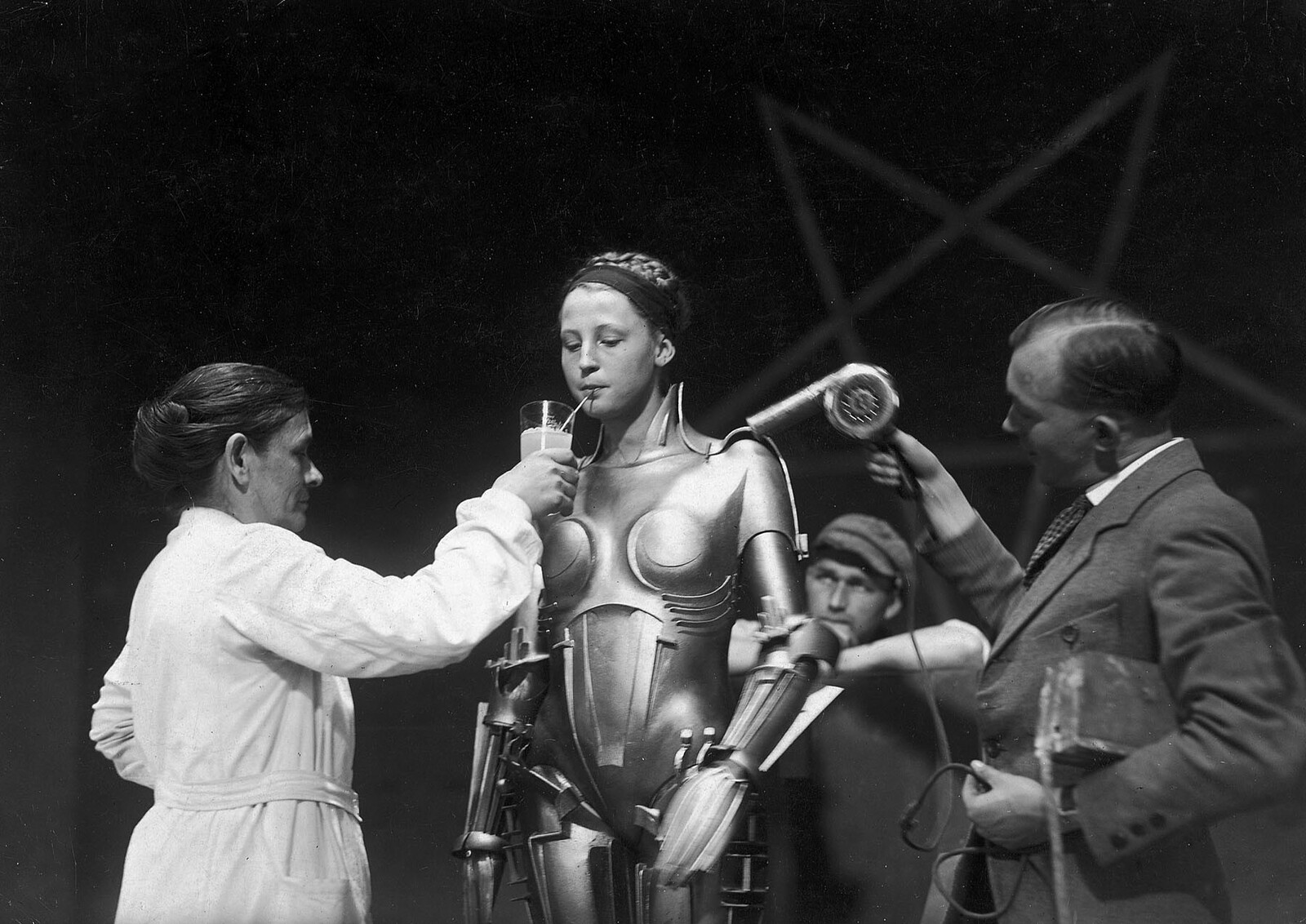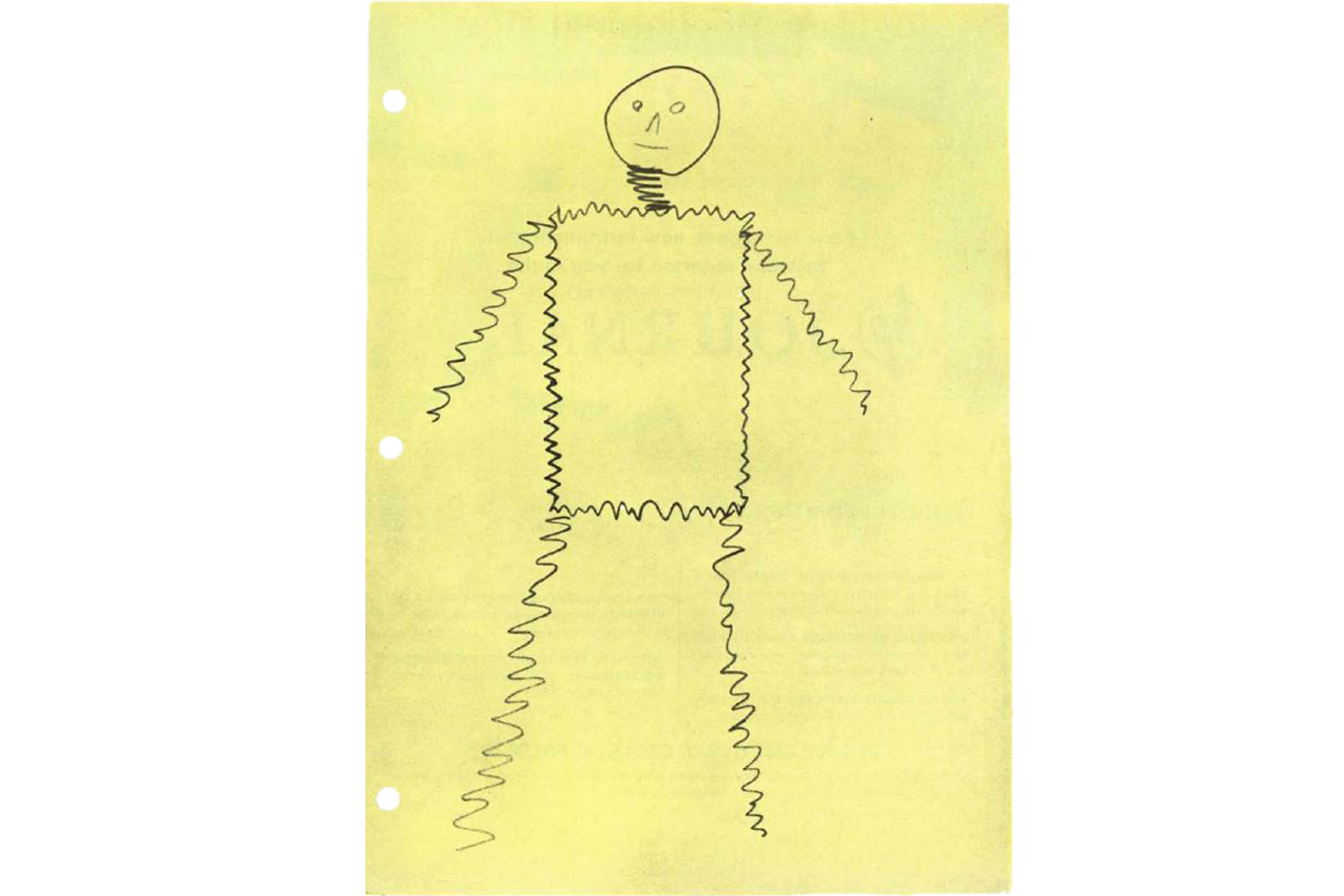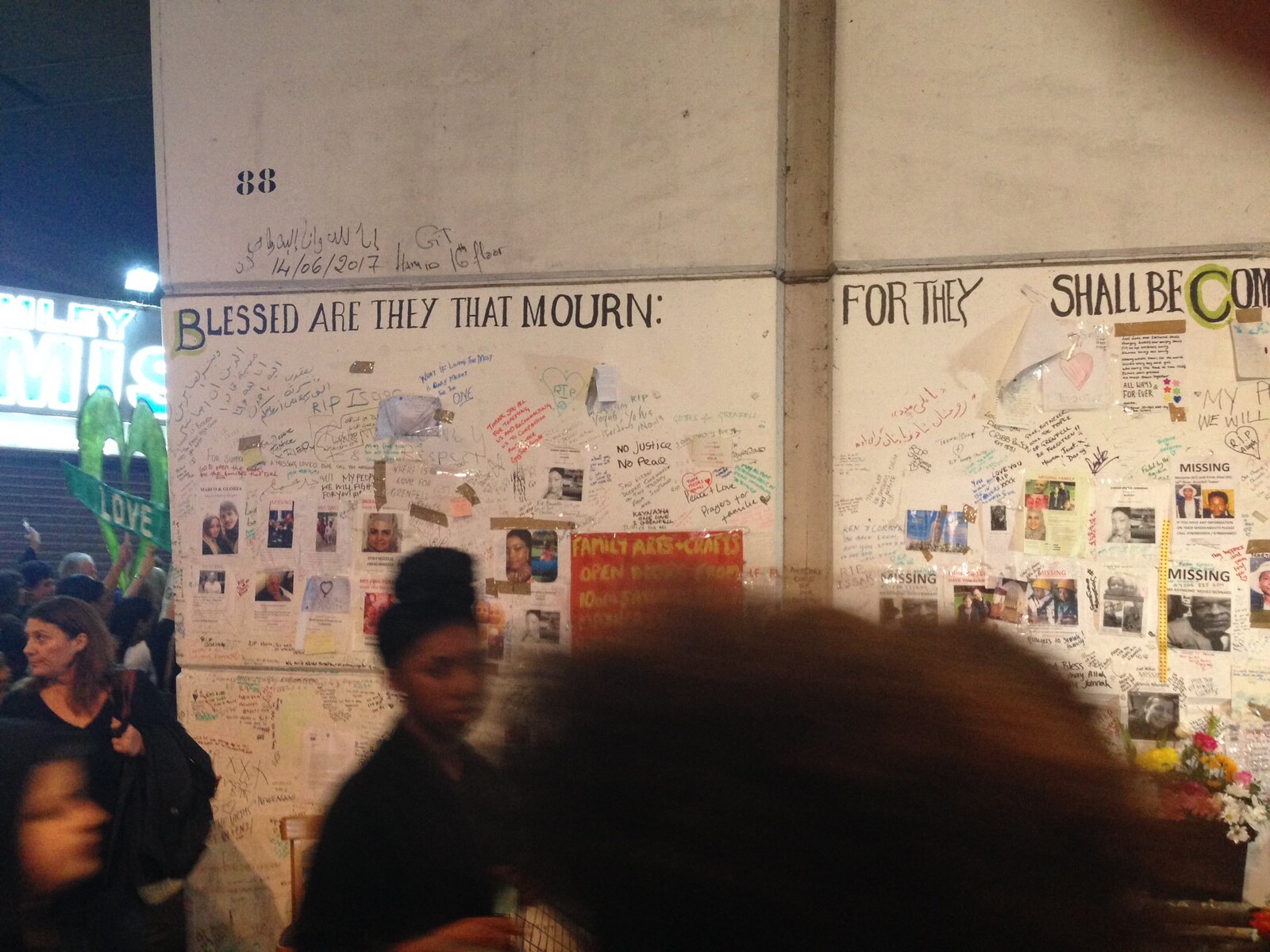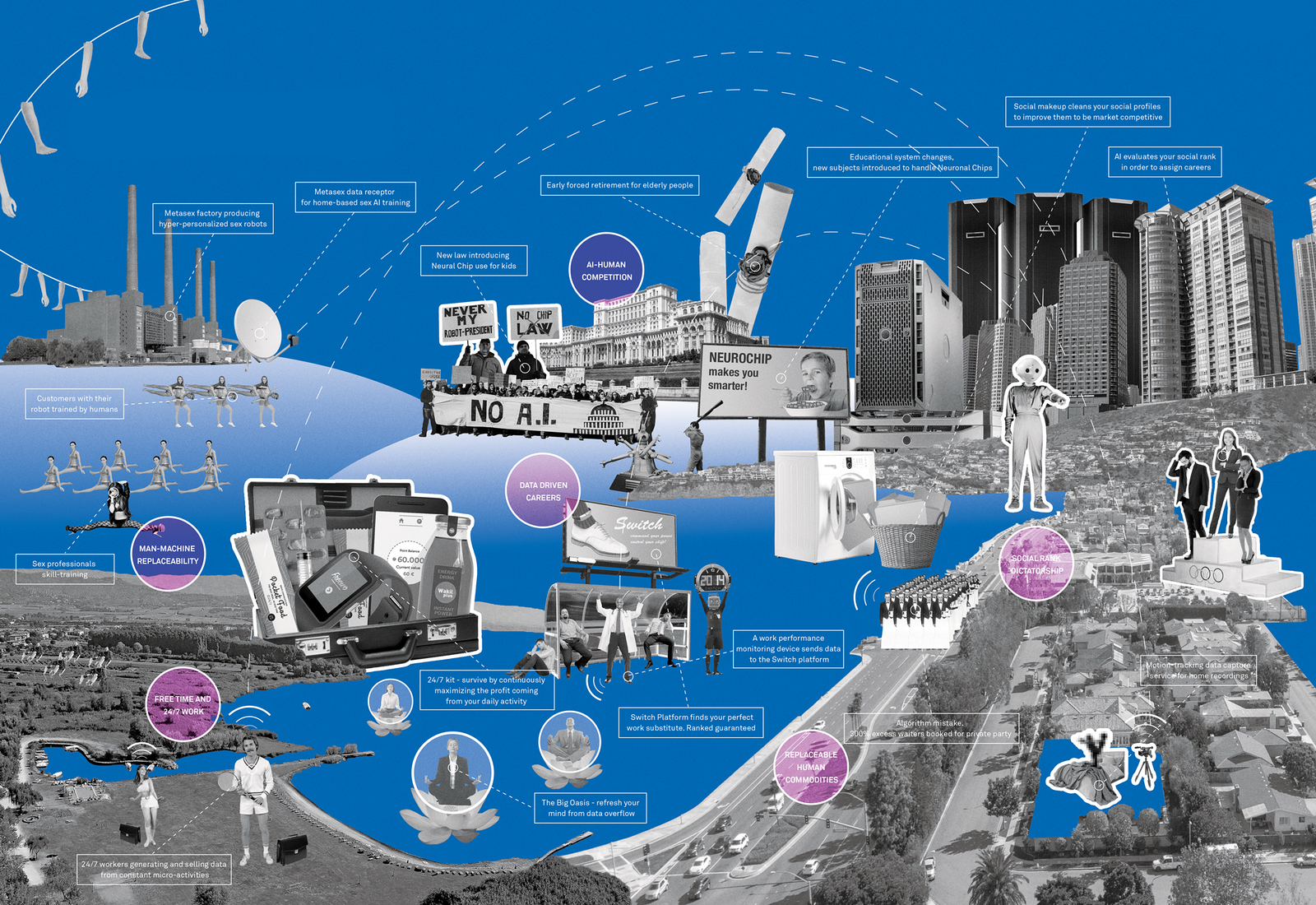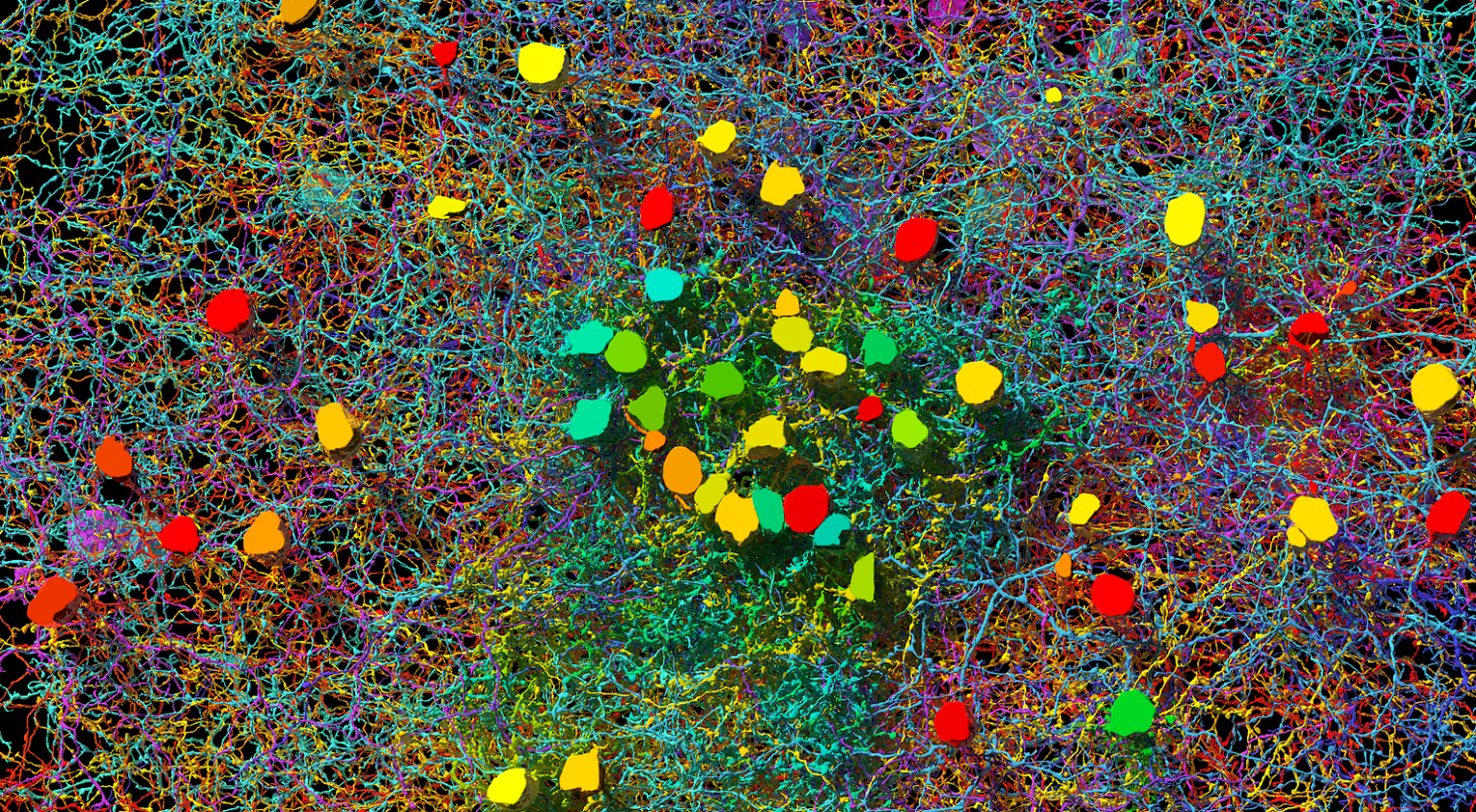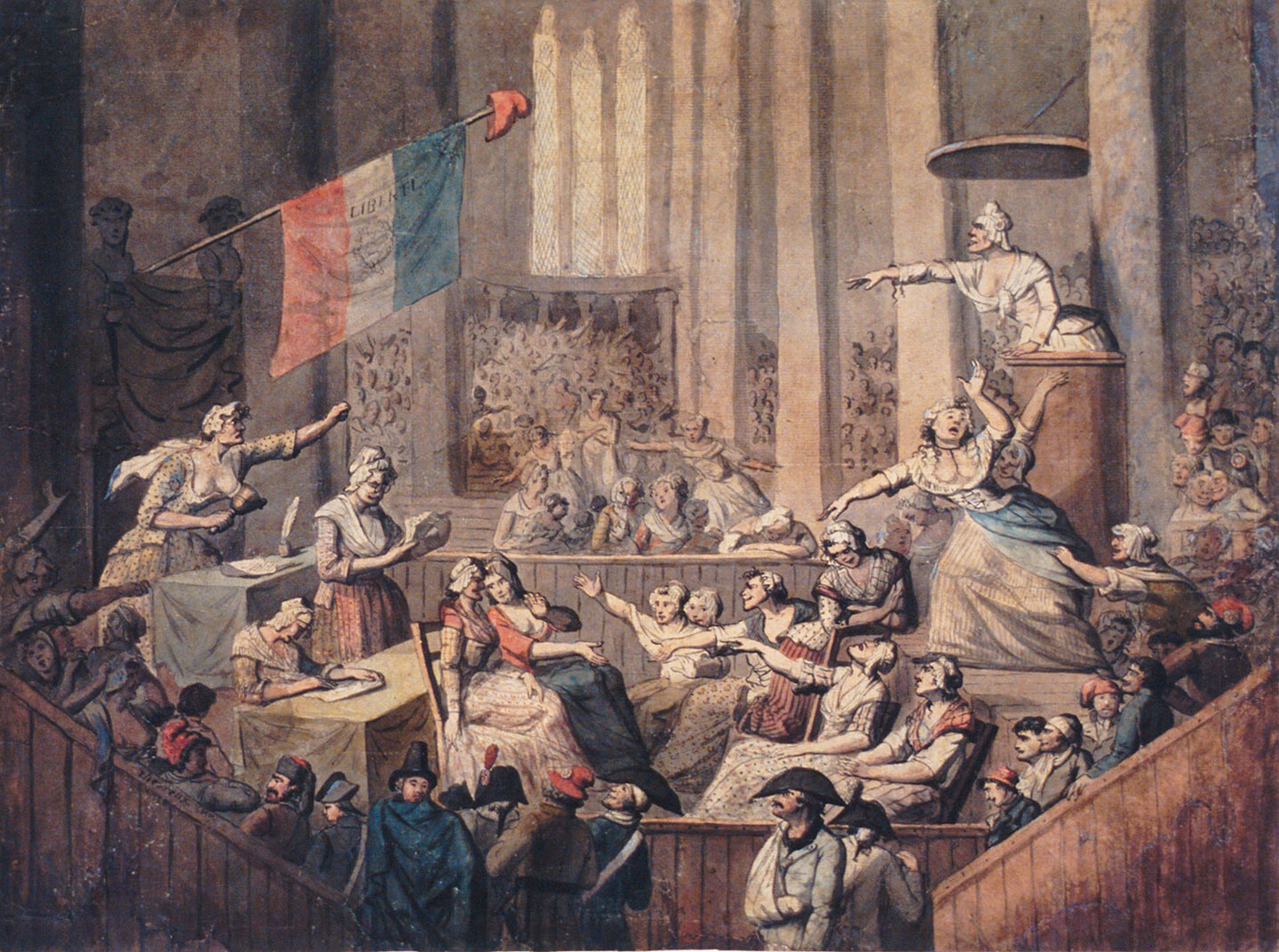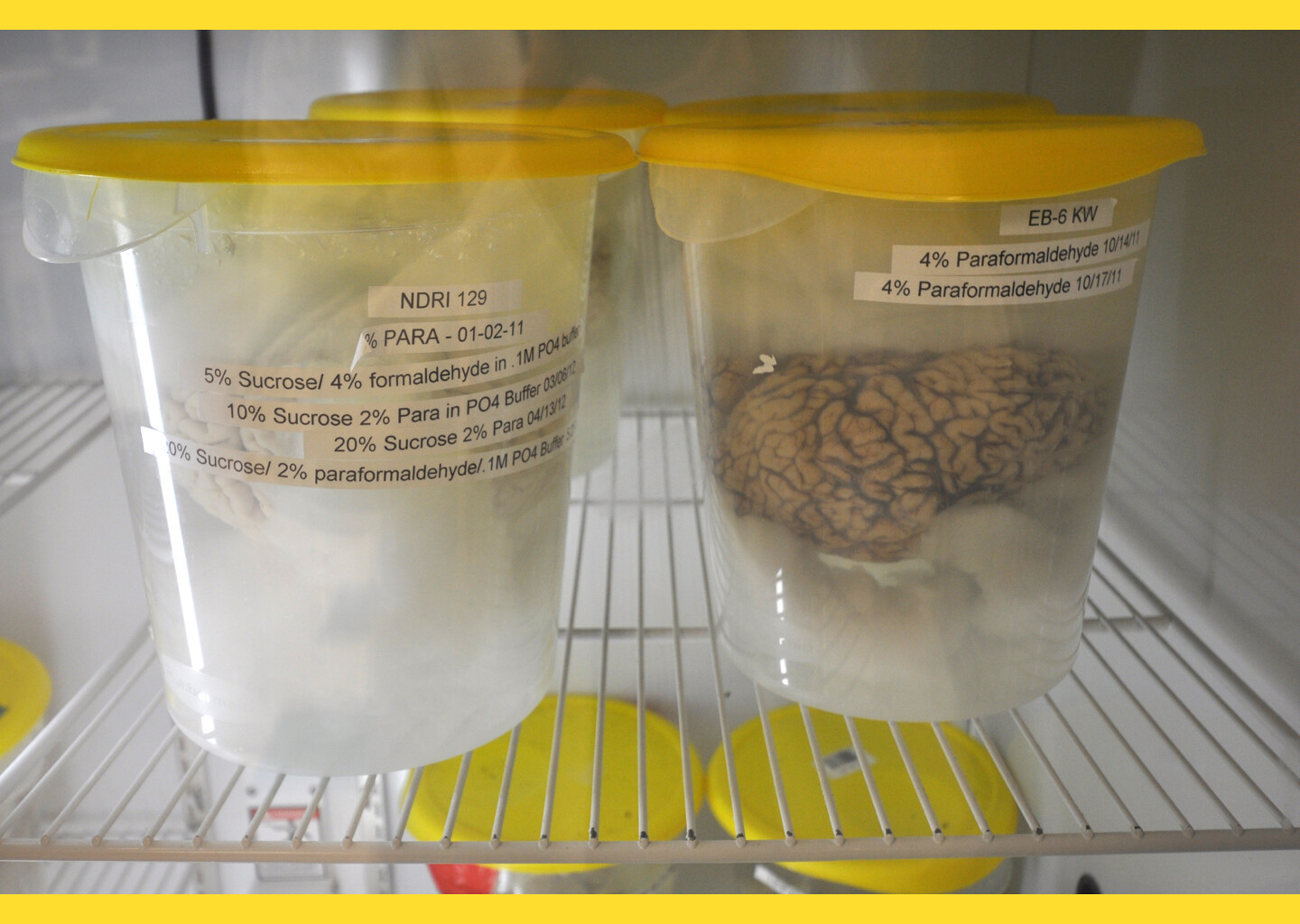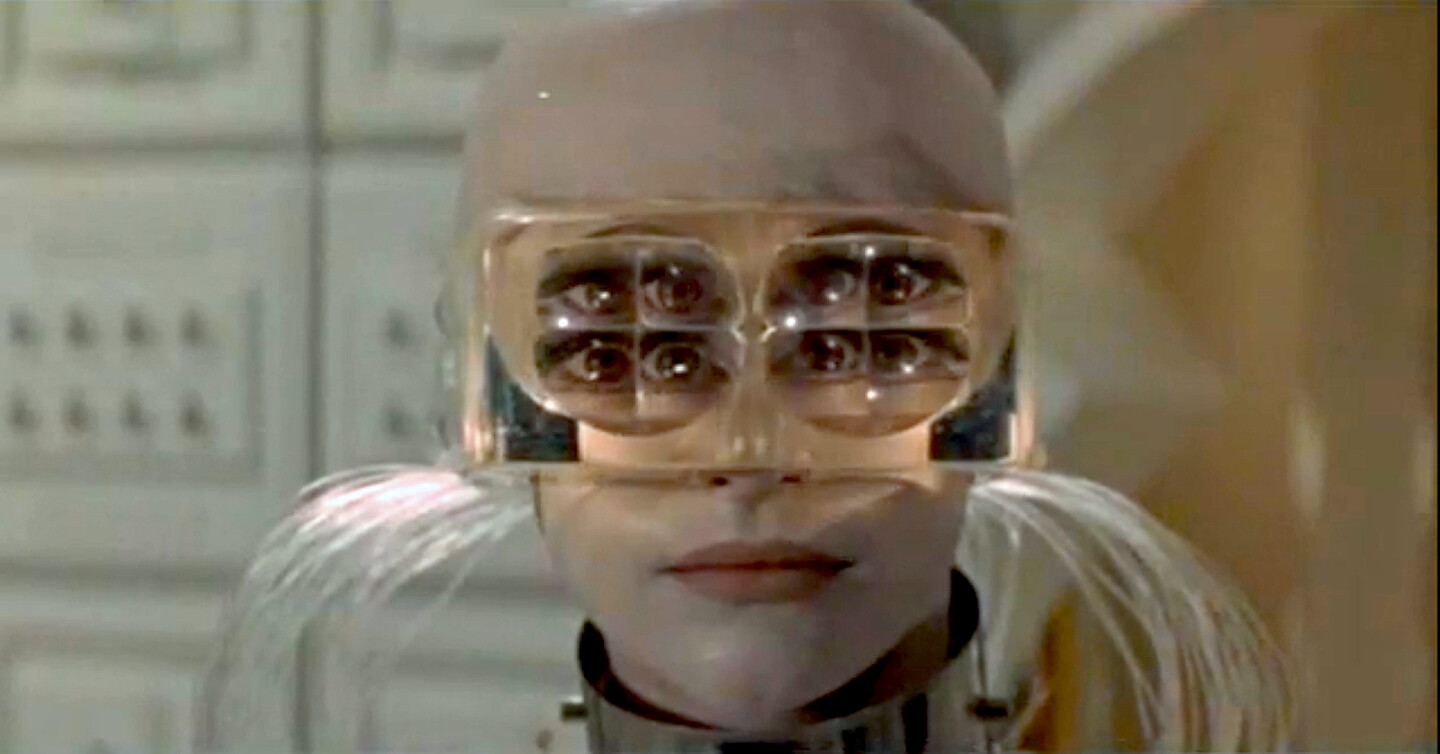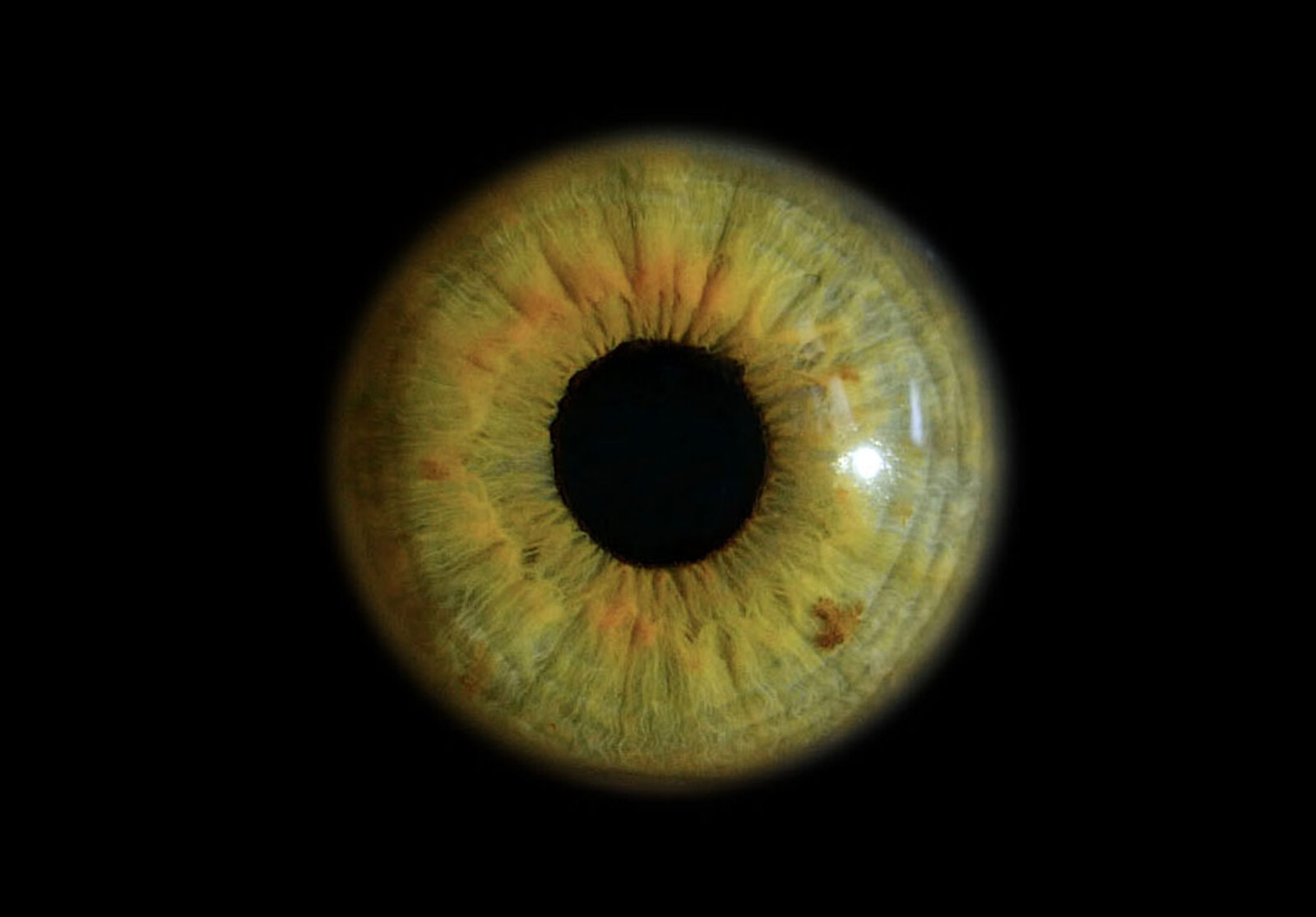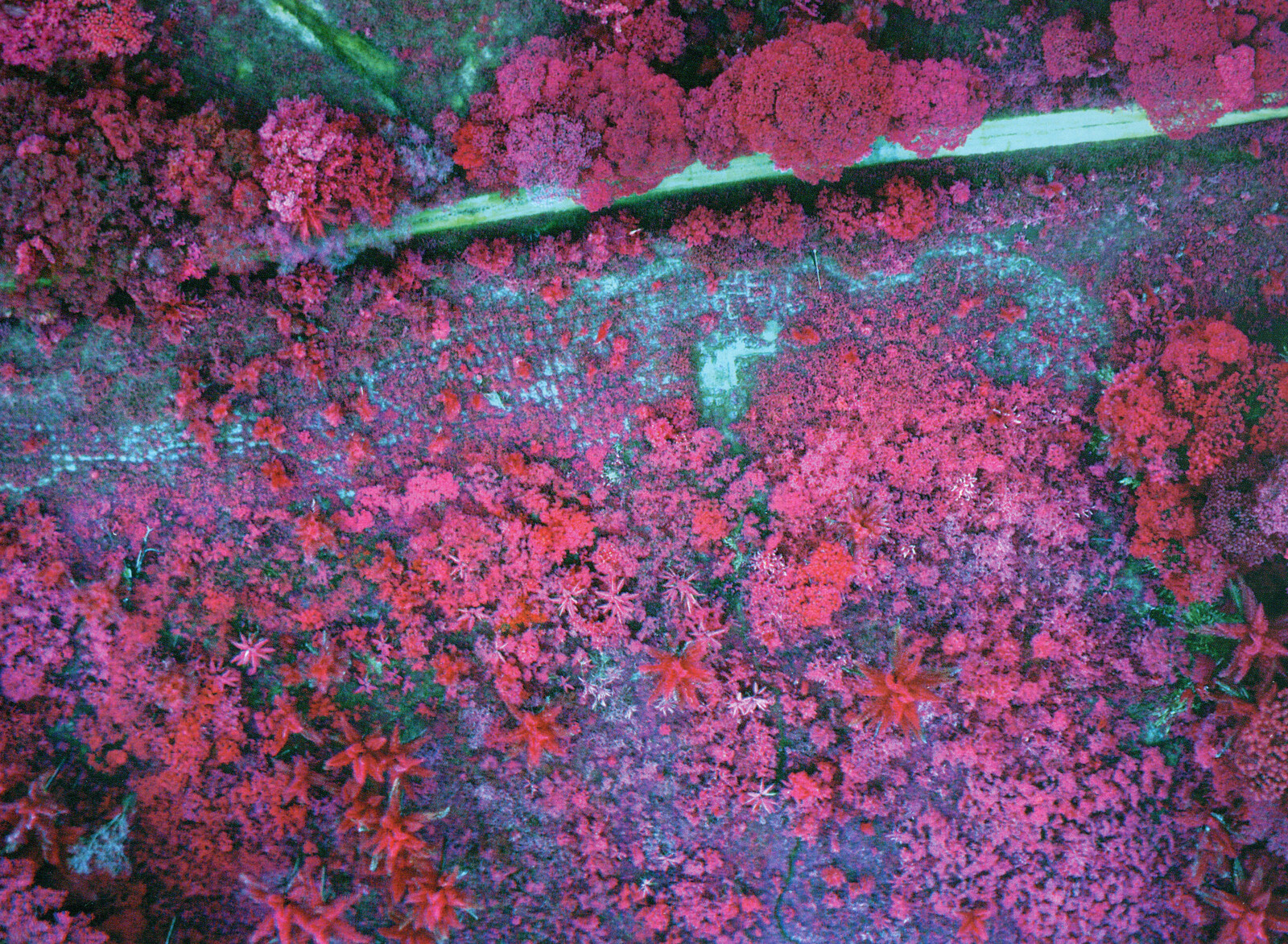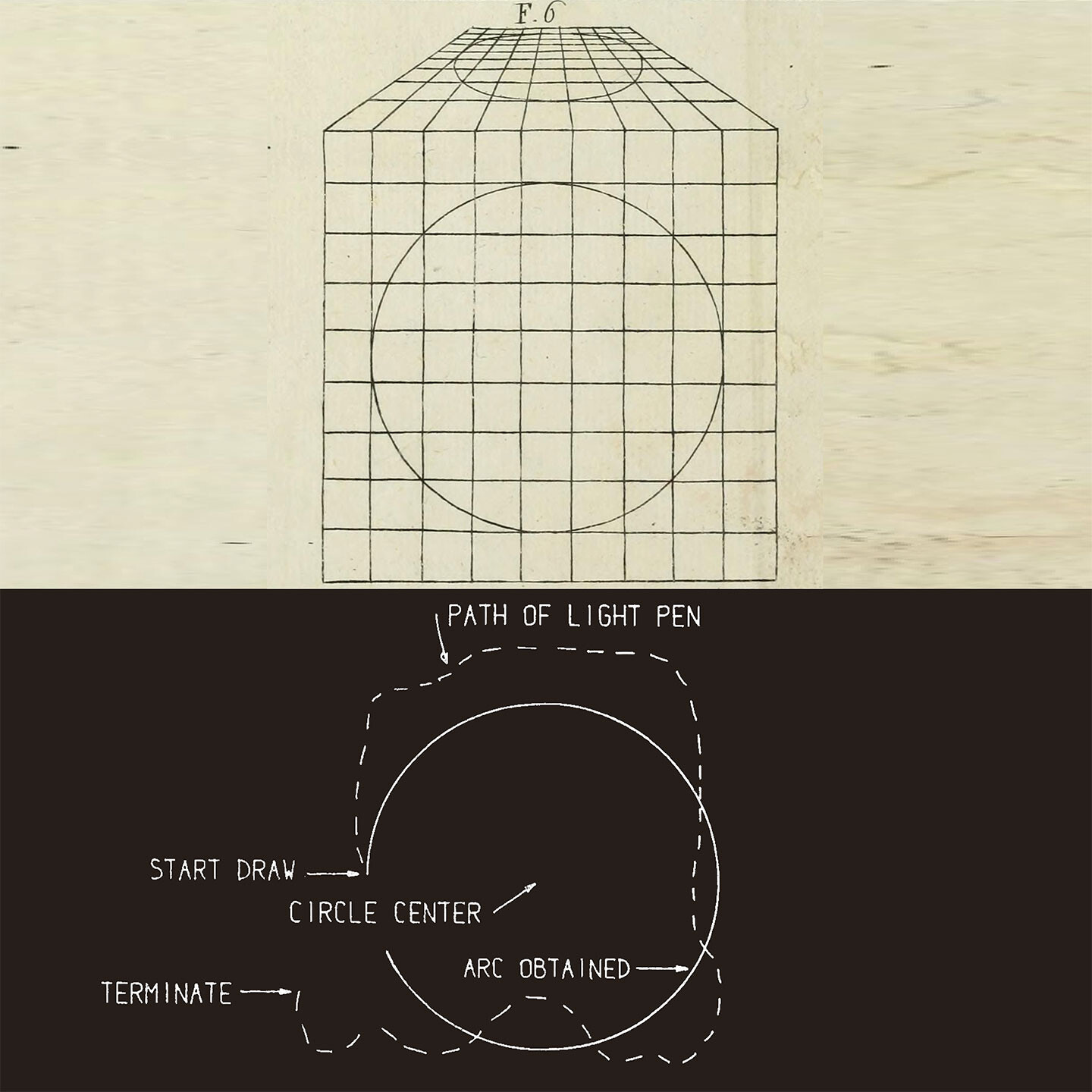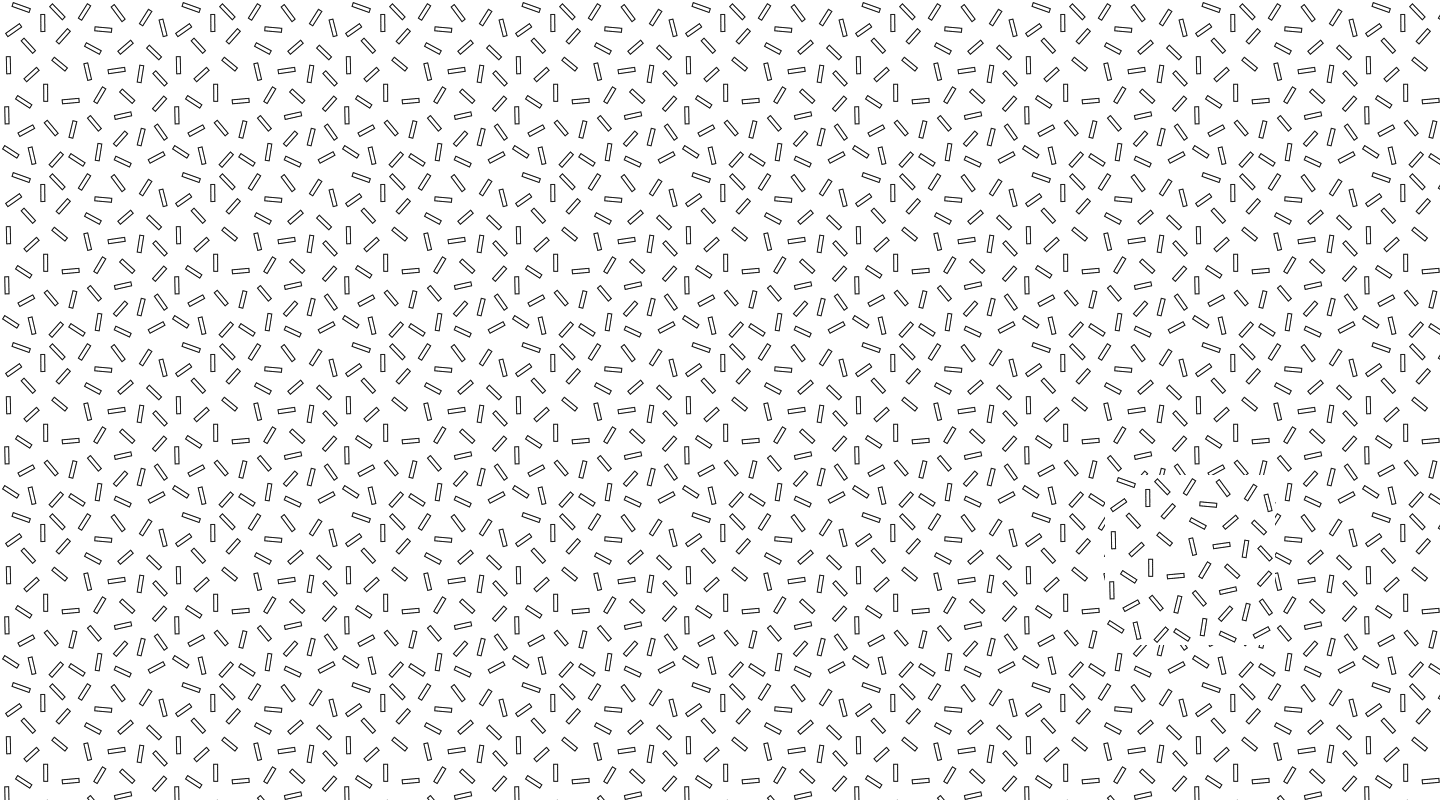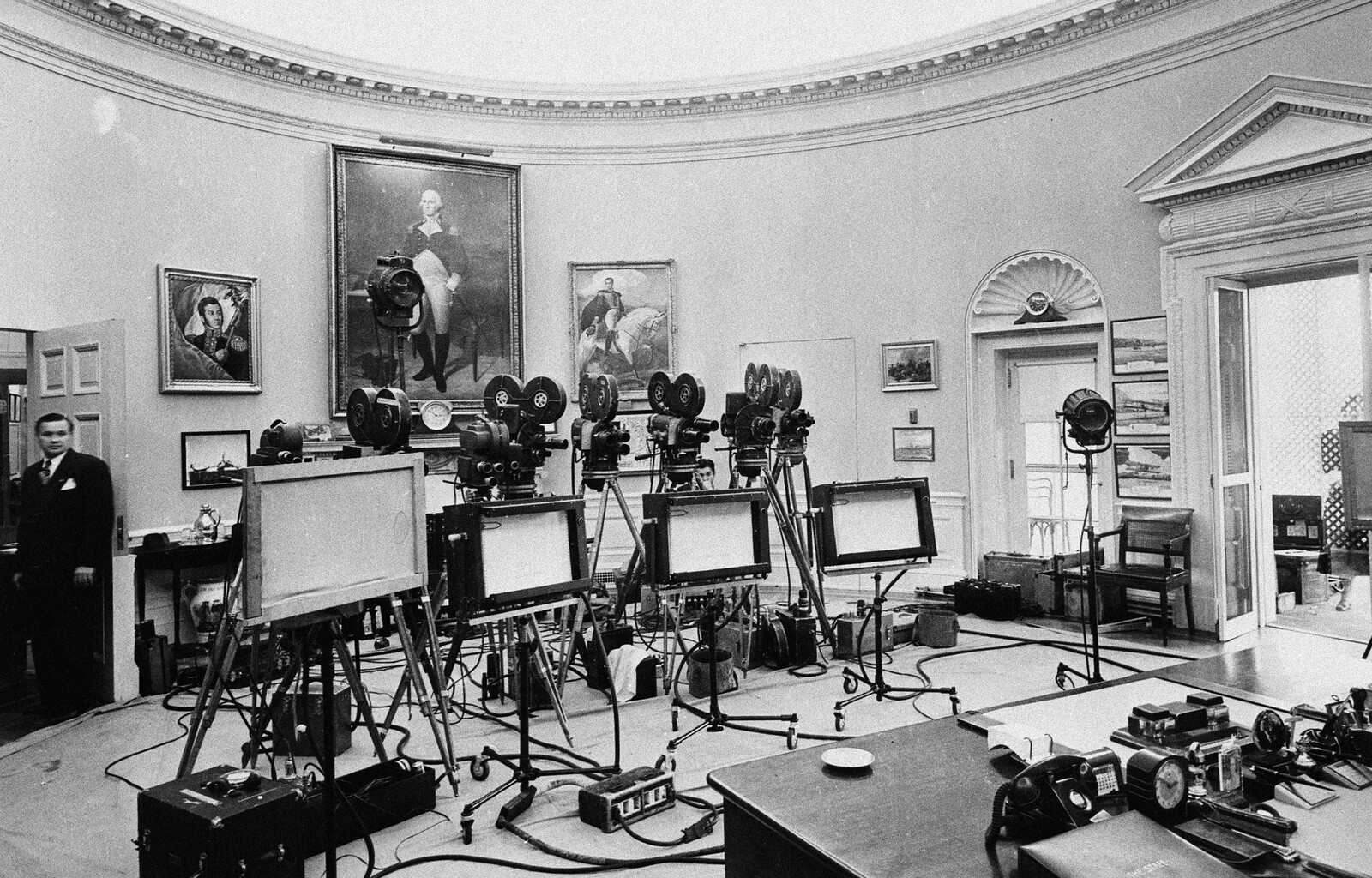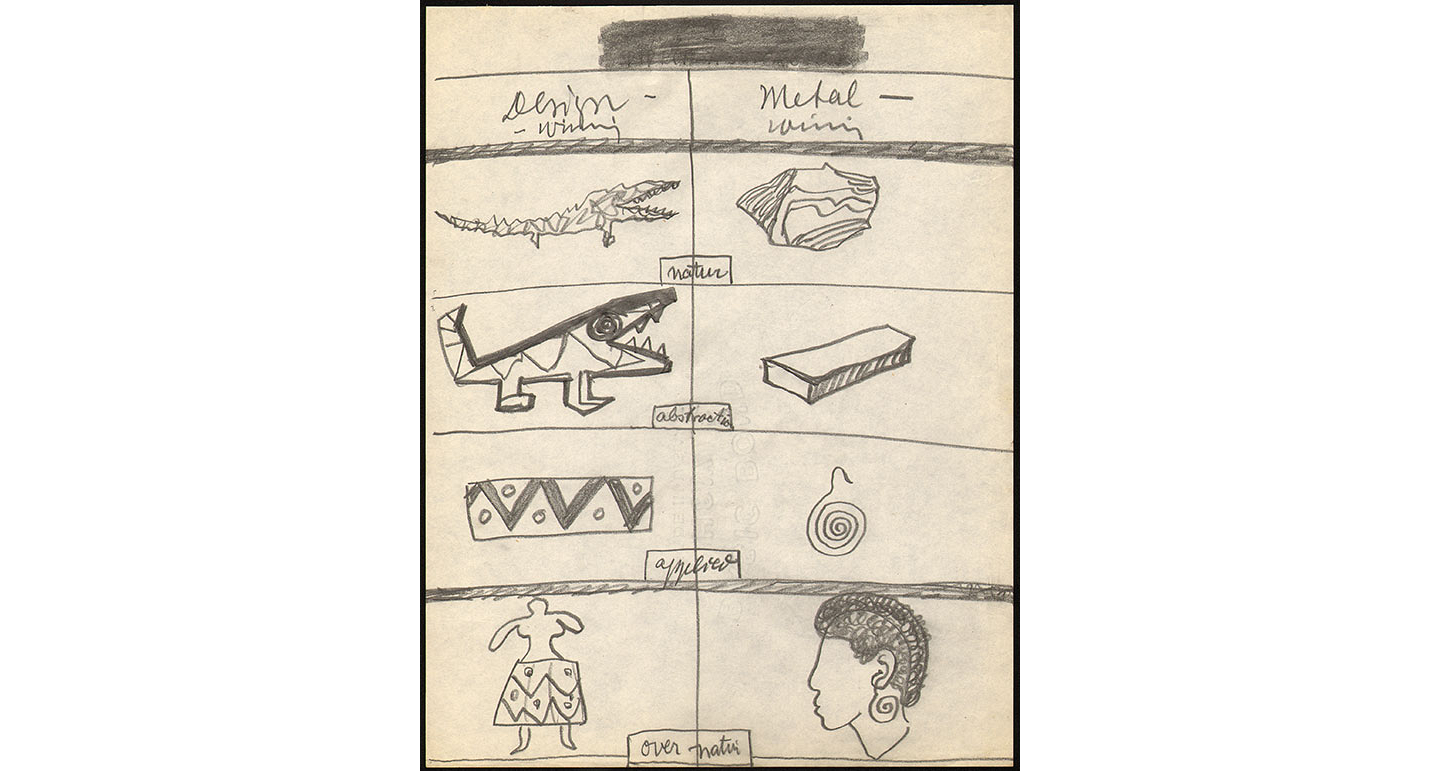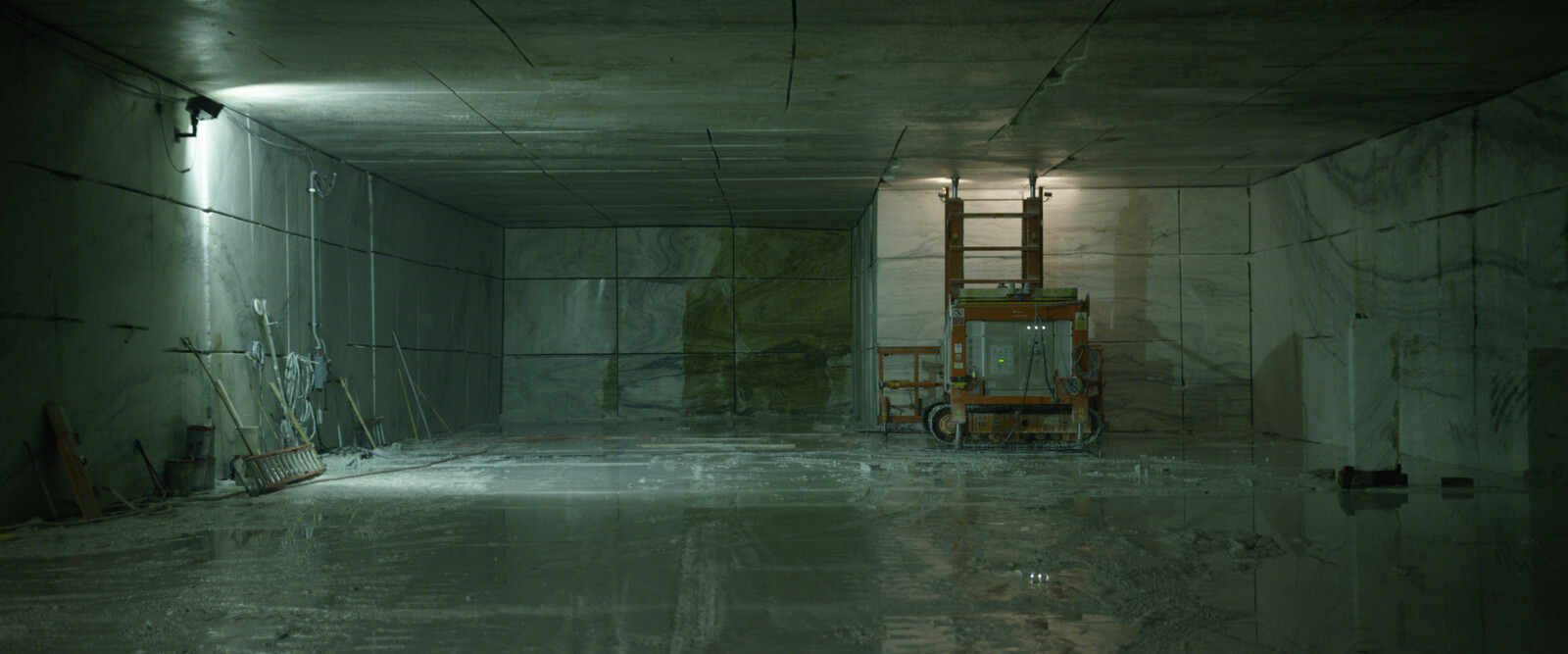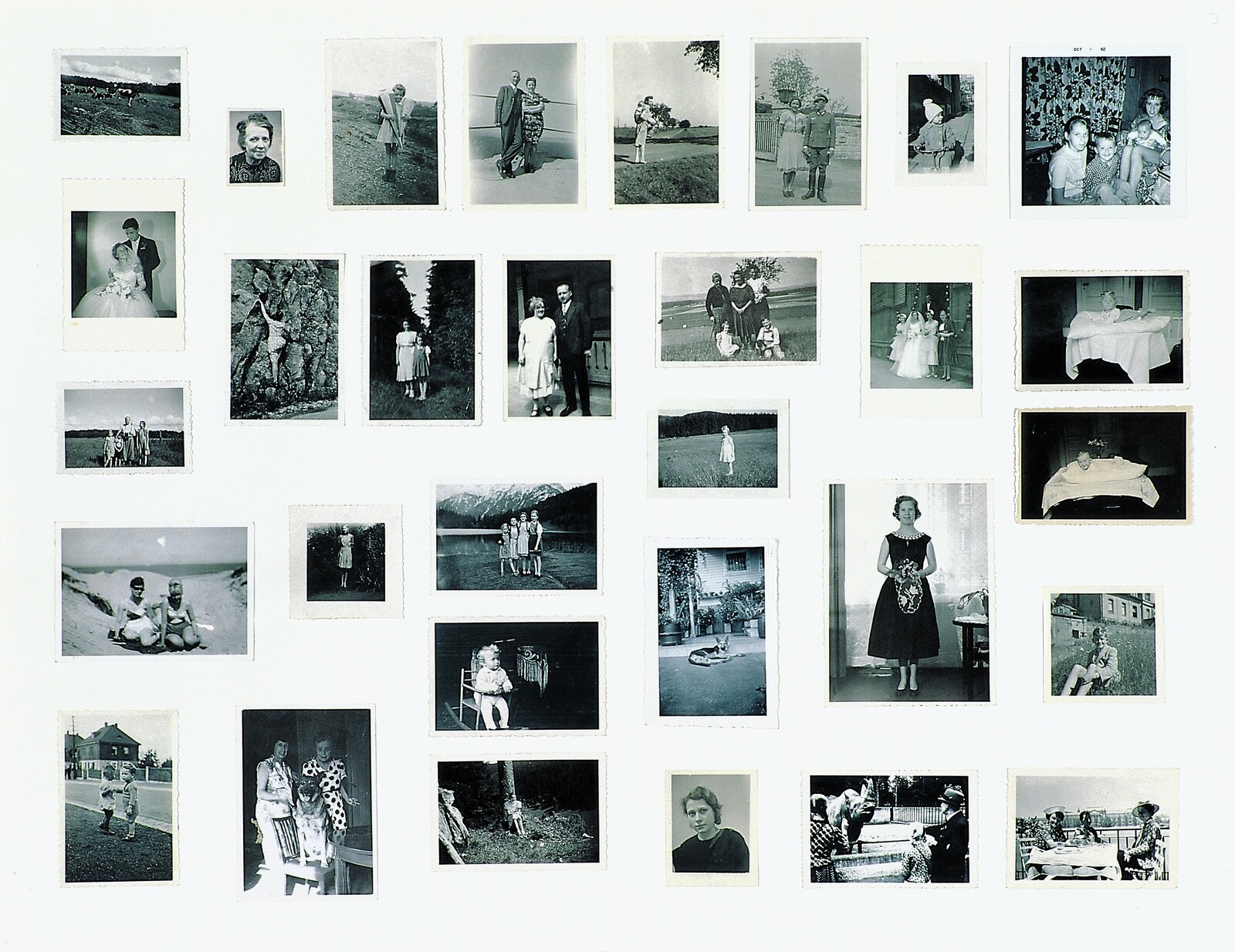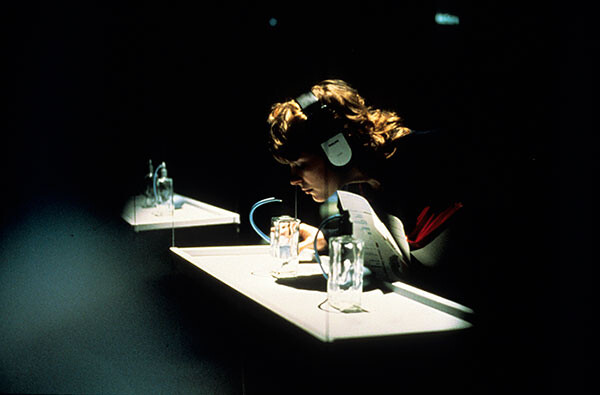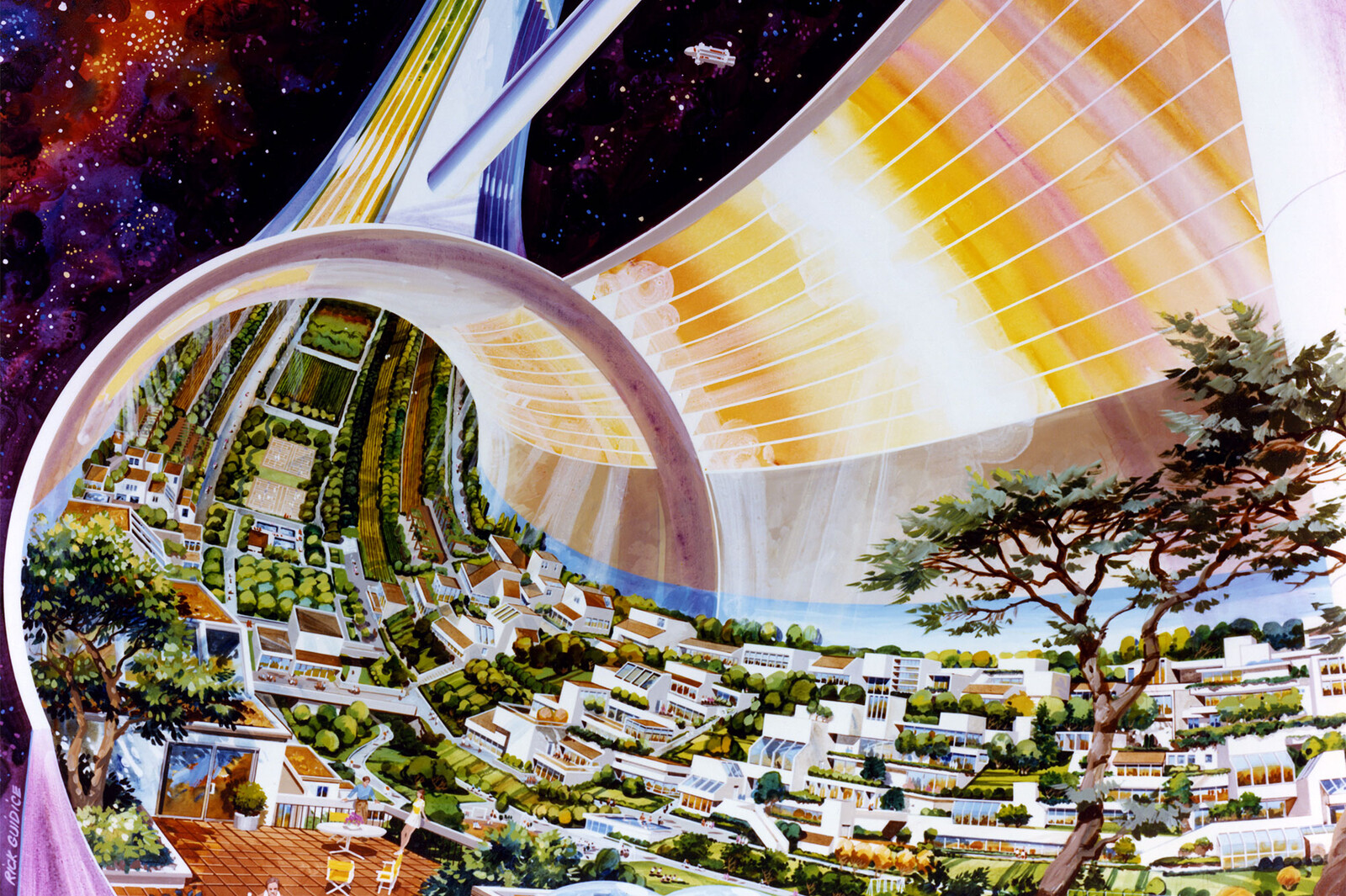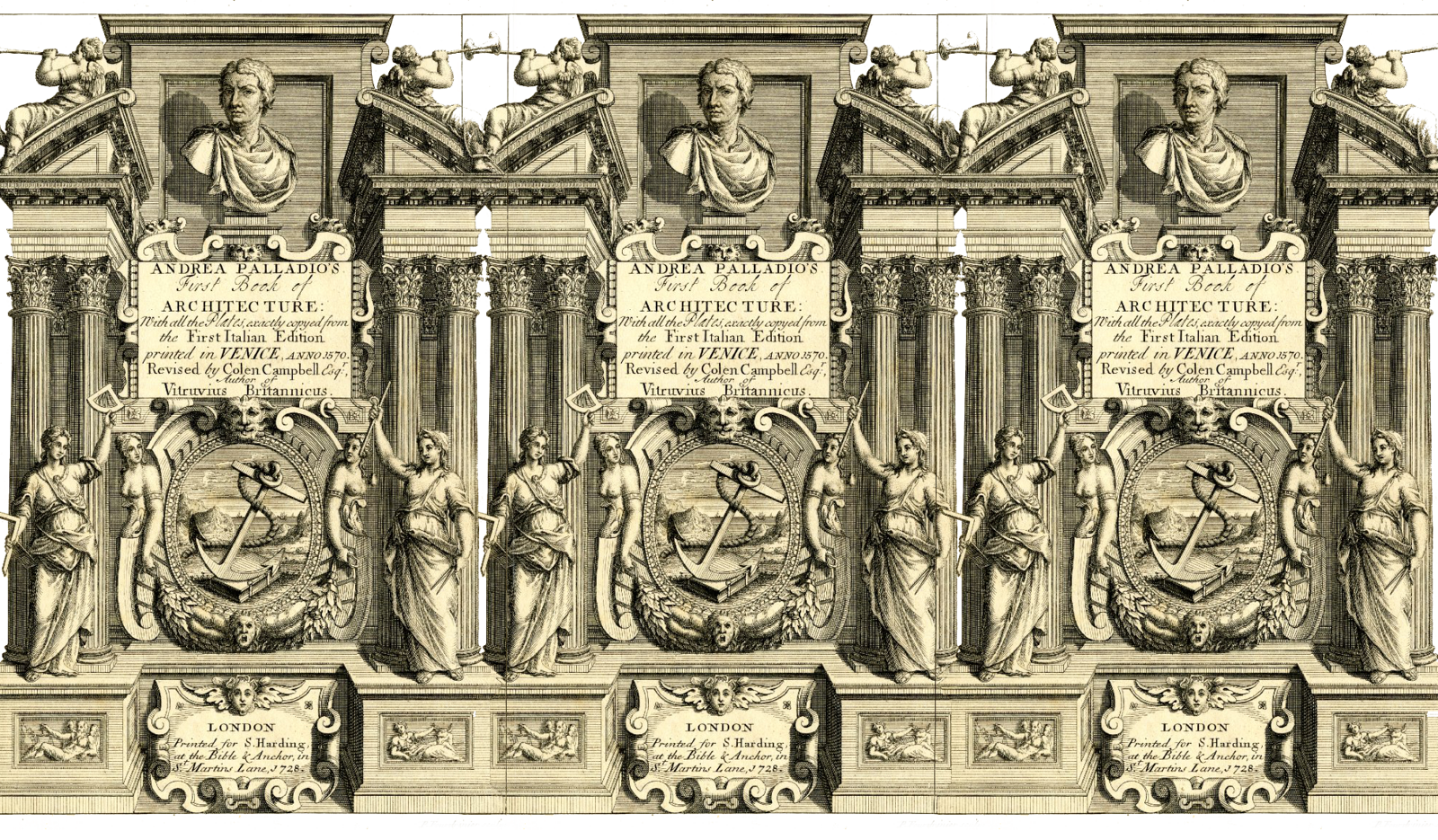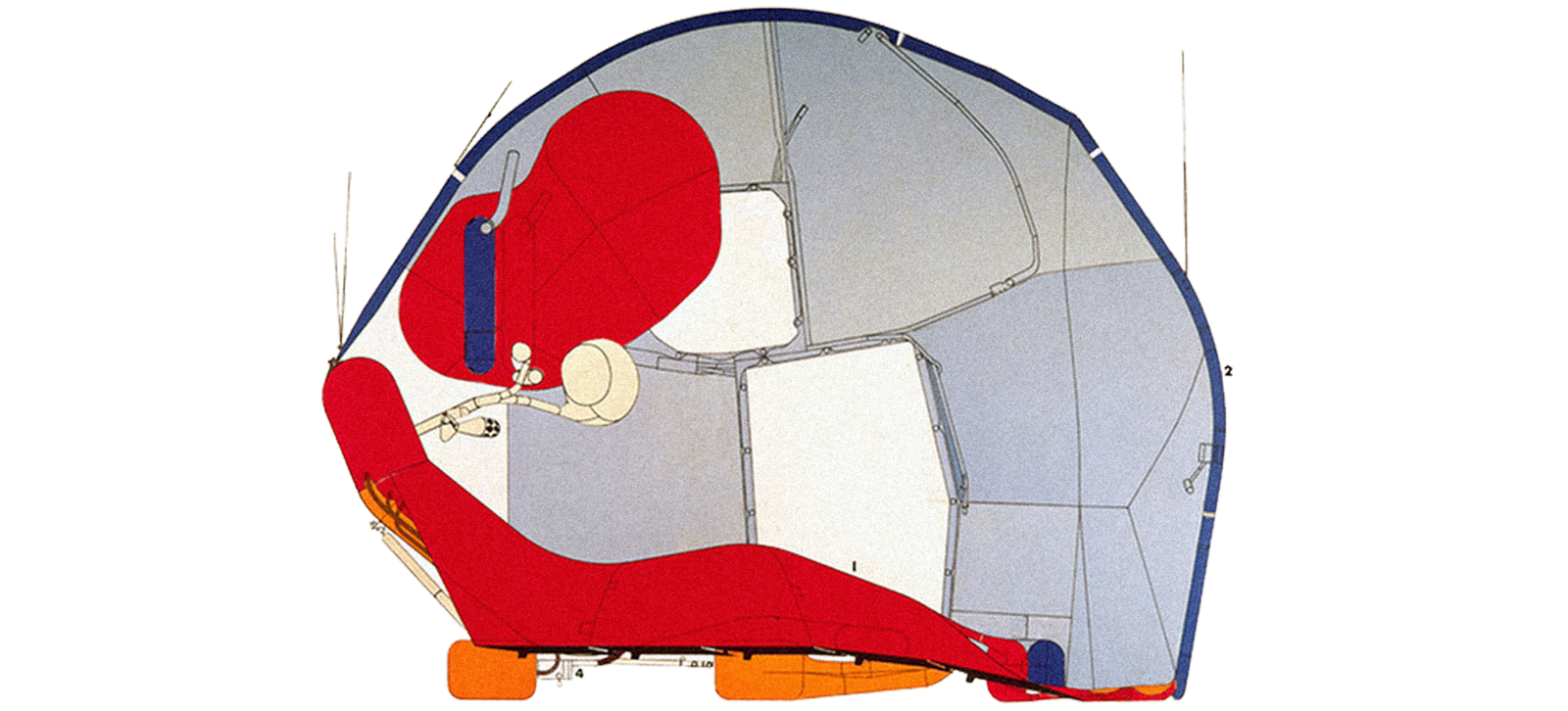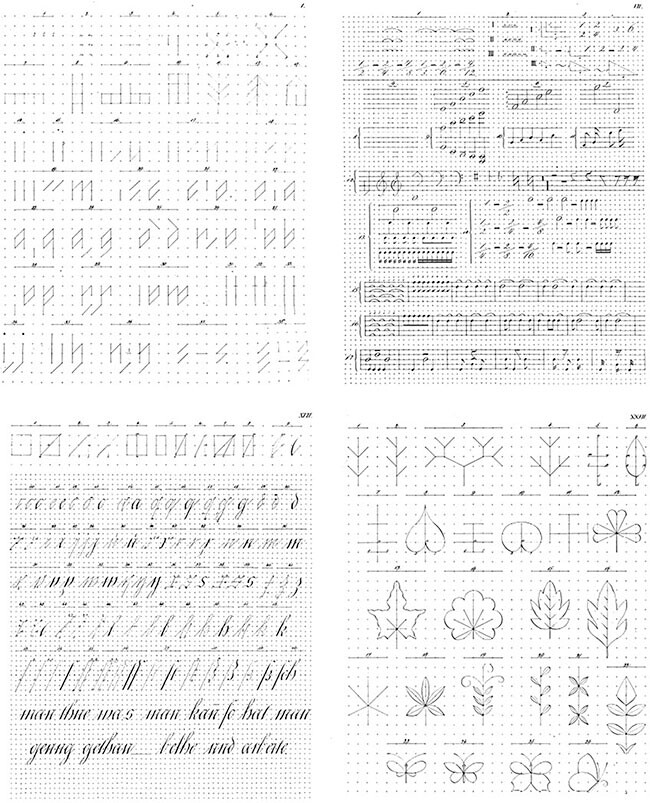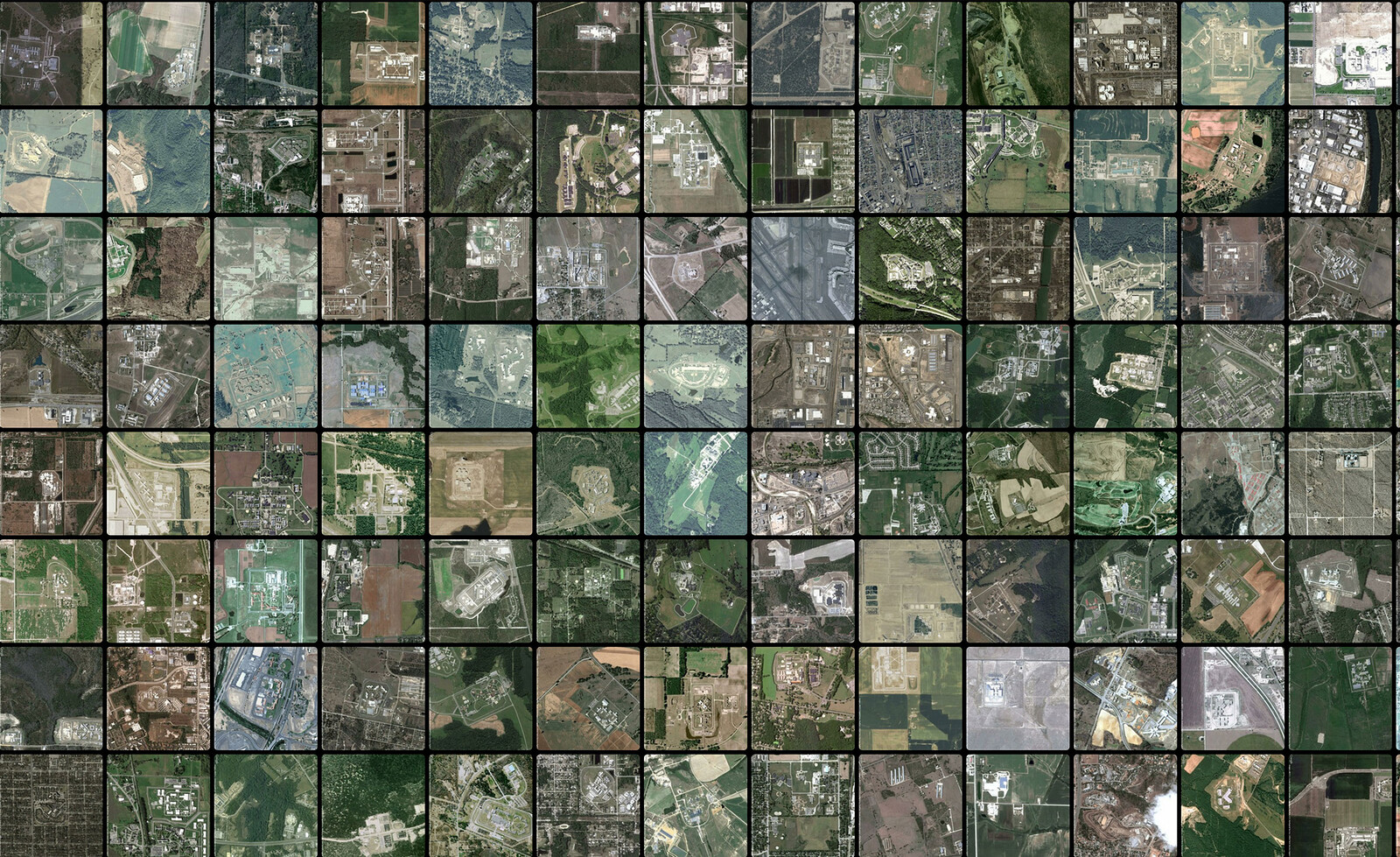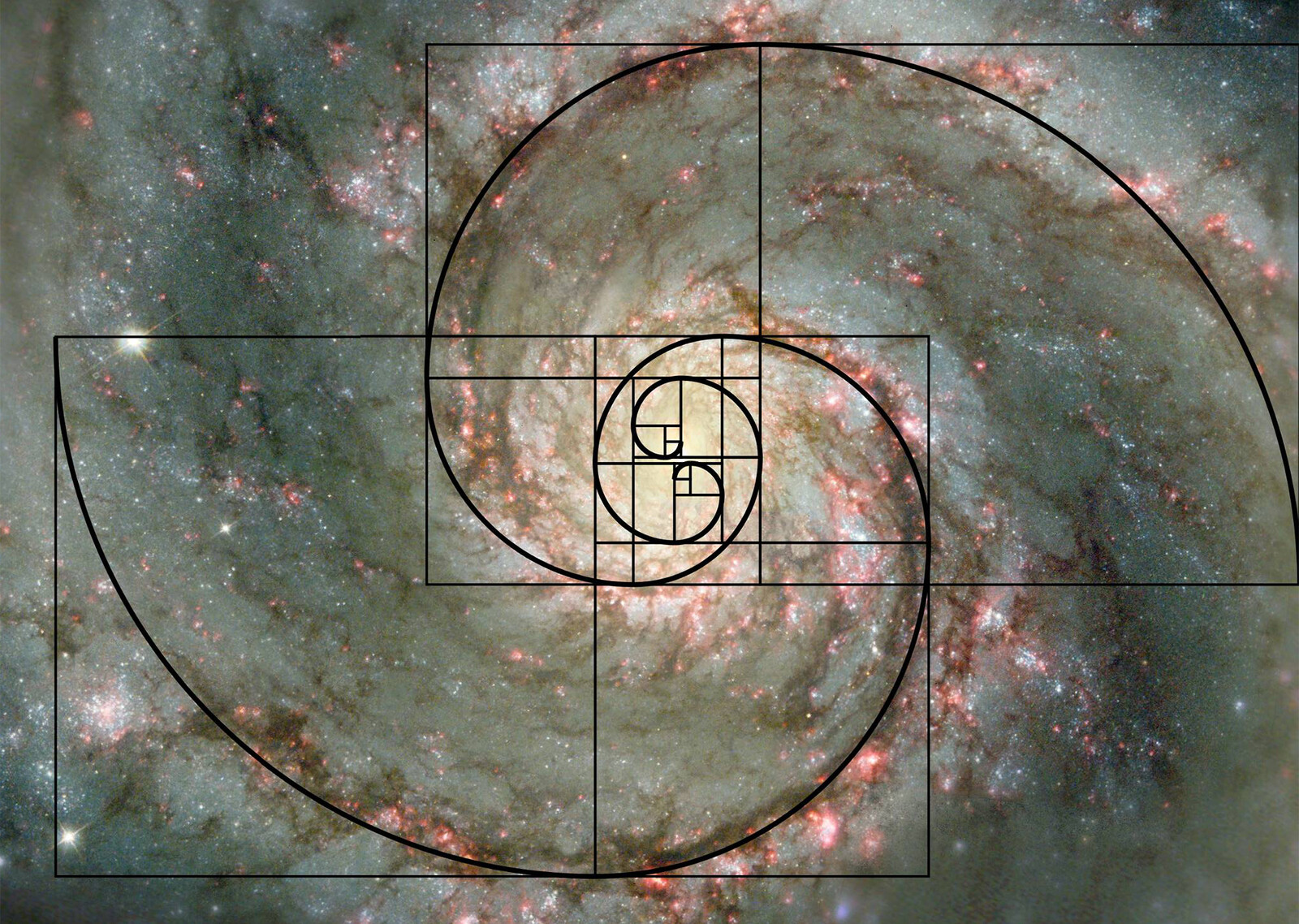1. Cognitive Automation and Engineering of the Self
“Observing his subatomic self … no chronology was stable.”
—Jonathan Franzen, Purity“A knower, whatever name one may want to call it, self experiencer, protagonist, needs to be generated in the brain if the mind is to become conscious. When the brain manages to introduce a knower in the mind, subjectivity follows.”
—Antonio Damasio, Self Comes to Mind
Contemporary technological development tends to move towards behavioral and cognitive automation. I want to speak about the concept of “self-design” in this context, yet these two words, “self” and “design,” need elaboration. Their meaning is far from obvious, and indeed, changing at a dramatic pace. “Self-design” can be thought of as the authorship of one’s own subjectivity. Yet I would argue that in the digital context of today, what is most politically urgent is what I would term the “hetero-design” the self. The self, insofar as it is conceived of as a simulation, is exposed to processes of subjectivation that are controlled and designed by others. Subjectivation has thus largely become a process not so much about “design” as it is about engineering, and represents a contemporary form of totalitarian power that operates on cognitive, behavioral, and neurological levels.
The word “design” essentially refers to the relation between objects and utility. Design, in this sense, encompasses both conceptual art and engineering: as art, design conceives a world for an object, and as engineering, design builds a world for an object. As a hegemonic process of production, semio-capitalism is predicated on the redesign of processes of relation, such as cooperation. Today, technical interfaces connect segments of society, both human and electronic, lubricating the social body and automating activity. How does this process affect the reflective function of the human, the “self”? How does this process affect consciousness, the self-reflexive function of cognition?
In order to address the significance of the engineering to the self, we must first differentiate it from the Ego. Ego is the agent, the actor, the sufferer. The Self, on the other hand, is the interior scene where volition—the will to act—comes to be. The processes that made the Self “modern” were essentially based on the manipulation of the conjunctive space between bodies and embodied minds. In speaking about “technologies of the self,” Michel Foucault reveals how practices like prayer, reading and political participation have shaped the individual mind to allow for social evolution. In contrast to the institutional forms he unveiled as constitutive of the modern subject, in his later years Foucault became increasingly aware of a new dimension of subjectivation. Whereas mechanisms of control and the rules of political order might have once primarily resided in institutional forms, they have come to be embedded within the social body itself.
Foucault’s intuition paved the way for the investigation of a social mutation currently taking place as a result of the deepening penetration of digital technology into the molecular fabric of subjectivity. Whereas design used to imply the conjunction and blending of language, emotion and touch, in the digital age, design does none of this. Instead, design generates chains of signification, the comprehension of which shapes cognitive protocols of re-cognition and habit. The current evolution of digital technology is transforming the human environment in such a way that the very relation between the Ego—as actor—and the Self—as mirror—is being reformatted.
The reflective function of the Self investigates the Ego and the contexts, meaning, ethics, and implications of its actions. Yet what if that space of action is technically fabricated, simulated?1 Digitization substitutes the human ability of conjunction for connection, insertion, and the contribution to chains of automatic signification. What is at stake in the modal shift from conjunction to connection is concatenation; ultimately, the power of human communication, interaction and signification. We can study this mutation through the lens of two technological developments currently taking place today: data management and immersive environments. While on the one hand the implementation of big-data storage, mining, and the forms of algorithmic governance that have emerged from such processes externalize the act of reflection, disarm the self and allow the body to be captured by statistical projection, on the other, virtual reality reformats the very relation between the Self and the Unconcsious.
2. Datification and Statistical Pre-Scription
The future is inscribed in the present state of the world, and particularly in the present state of our mind. Foucault observed in Surveiller et Punir that by individualizing subjects and placing them in a state of constant visibility, power can control behavior. Jeremy Bentham’s Panopticon penitentiary was the architectural manifestation of this machine of constant visibility. With information flows intensifying and social life becoming more complex (and less predictable), control has become more difficult. Yet statistical patterns can be extracted from huge data records of social behavior and successively projected back onto the social organism. Following Warren Neidich, we may name this cycle the “Statisticon”:
The term Statisticon describes a process of subjectivation and subjection that commences with the panopticon, continues through the Synopticon and has recently emerged as the Statisticon in which architecture and designed space are entangled in synchronous and diachronous datascapes.2
Following Neidich, contemporary power has become increasingly spatial. Collective space has effectively become the urban condition MVRDV identified in 1999 as Metacity/Datatown,3 whose origins Matteo Pasquinelli recently traced to the literary imagination of William Gibson:
The buildings of the cyberspace were originally blocks of data, and if they resembled three-dimensional objects, it was only to domesticate and colonize an abstract space, that is, by the way, the abstract space of any augmented mind.4
The Statisticon thus reformats subjectivity insofar as it transforms the perception of space. In the essay “Régimen de visibilidad y vigilancia en la era de la Identidad Digital” (“Regime of visibility and vigilance in the era of Digital Identity”), Alejandra López Gabrielidis investigates the relation between data and identity in terms of a special sort of reification that she properly names “datification.”5 According to López Gabrielidis, reification spawns from the perception of one’s body as an external thing. Thanks to the possibility of recording, storing and replaying huge amounts of data picked from daily behavior of human populations, this process of self-reification is shifting from the stage of the passive, reflective mirror, one that resides within the subject, to one that is interactive, external, and capable of driving the actor to comply. López Gabrielidis observes that data reification implies the externalization of traits of individuation, engendering “a second support of presence, that might be named ‘datified self’.”
Following the introduction of filter bubbles, as defined by Eli Pariser, statistical recording turns into prescription. Contemporary powers aim to reduce future behavioral possibilities to predicable models, the potential for which lies in its ability to routinely read big flows of data. As Pasquinelli writes:
… the two epistemic poles of pattern and anomaly are the two sides of the same coin of algorithmic governance. An unexpected anomaly can be detected only against the ground of a pattern regularity. Conversely, a pattern emerges only through the median equalization of diverse tendencies.6
As massive flows of data are recorded, the machine can adapt to the living environment and effect the reciprocal adaptation of conscious organisms to the machine. Techniques of customization enable Google and other search engines not just to anticipate our requests, but also to shape and control our desires. Pre-emption is complementary to statistical capture; pre-empting the future means emptying future behavior of singularity. Statistical pre-emption is the functional mode of governance—the contemporary form of political and economic power—that may be defined as a form of engendered determinism.
3. Immersion
The Statisticon externalizes the self and turns inscription—data extracted from social life and recorded in the interactive mirror—into prescription. But the current engineering of the self also involves an internal process of cognitive reformation, exemplified by immersive technologies such as virtual reality.
In the 1980s, Jaron Lanier spoke for the first time of communication without symbols, implying the possibility of exchanging meaning with images and various noetic contents without transferring conventional signifiers. In 1991, Pierre Levy, in the visionary book L’ideographie Dynamique, imagined the possibility of transferring perceptions directly from one brain to another by stimulating the specific neuronal pathways that correspond to those perceptions. Also in the 1990s, the first data gloves enabled users to corporeally receive audio-visual stimulation and have simulated experiences, like walking on a square planet or throwing and catching a non-existing ball.
The dawn of the world wide web cancelled the interest in such forms of technology, but now, immersion is back. Virtual environments currently play an important role in military combat training, flight simulation and medical surgery, among increasingly numerous and more seemingly benign others. The now-infamous photo of Marc Zuckerberg walking alone in a crowd of users wearing blinking plastic masks speaks volumes about the coming mass production of the environment by a techno-elite. As the physical environment of cities decay and their social environments becomes increasingly miserable, can we not already catch glimpses of a populational migration to simulations? From a psychological point of view, this decentering of the self may lead to a confusion of heterogenous perception and automated cognitive action. Google Maps has already fundamentally altered our sense of spatial orientation. Downloading entails the end of the linear transmission of information—the sequential transmission of symbolic contents—and its replacement by the immediate transfer of experience and knowledge.
In the alphabetical age, the perception of time could be represented by a transition in our visual field from left to right; from before to after, with the present in the center, proceeding towards the future. As immersive environments replace alphabetical text, time is going to become the dimension in which countless non-hierarchical instants flow. No page has to be turned anymore; the infinite scroll of an immersive screen has neither beginning nor end, but suddenly enlightens a point that does not exist. No more spectators or readers, but rather travelers who experience the world that someone else imagined. Might we not be able to imagine a different future, in which curiosity replaces hope (as hope has lost any ground in the precarious age), and deviate from automation? We tend to dismiss the potential of exploration in these spaces. But lines of escape from our oppressive and depressing reality can be found in this dimension.
And what if that scene becomes projected onto the screen of the mind, as in The Matrix? The Matrix projected a human environment as nothing more than the simulated projection of automated cognition.
Warren Neidich, “Computational Architecture and the Statisticon,” in Psychopathologies of Cognitive Capitalism, Volume II, 339.
See →.
Matteo Pasquinelli, “Anomaly Detection: The Mathematization of the Abnormal in the Metadata Society,” talk at Transmediale Festival, Berlin (29 Jan. 2015).
Alejandra López Gabrielidis, “Régimen de visibilidad y vigilancia en la era de la Identidad Digital,” Revista Teknocultura, Vol. 12.(3): 473–499.
Ibid., Pasquinelli.
Superhumanity is a project by e-flux Architecture at the 3rd Istanbul Design Biennial, produced in cooperation with the Istanbul Design Biennial, the National Museum of Modern and Contemporary Art, Korea, the Govett-Brewster Art Gallery, New Zealand, and the Ernst Schering Foundation.
Category
Subject
Superhumanity, a project by e-flux Architecture at the 3rd Istanbul Design Biennial, is produced in cooperation with the Istanbul Design Biennial, the National Museum of Modern and Contemporary Art, Korea, the Govett-Brewster Art Gallery, New Zealand, and the Ernst Schering Foundation.
